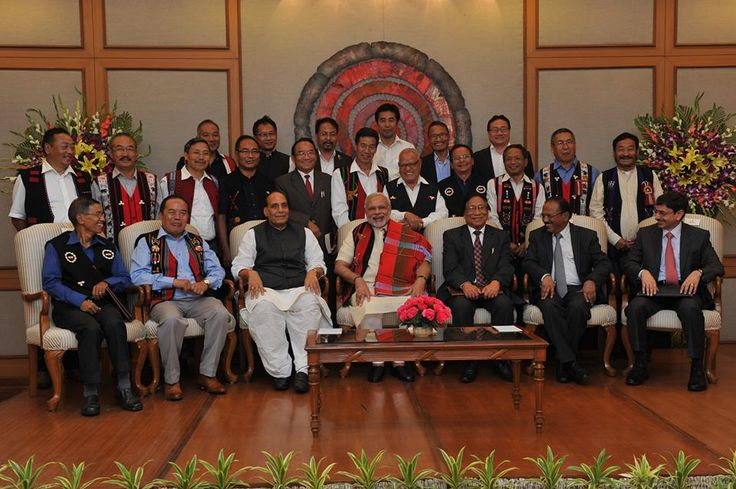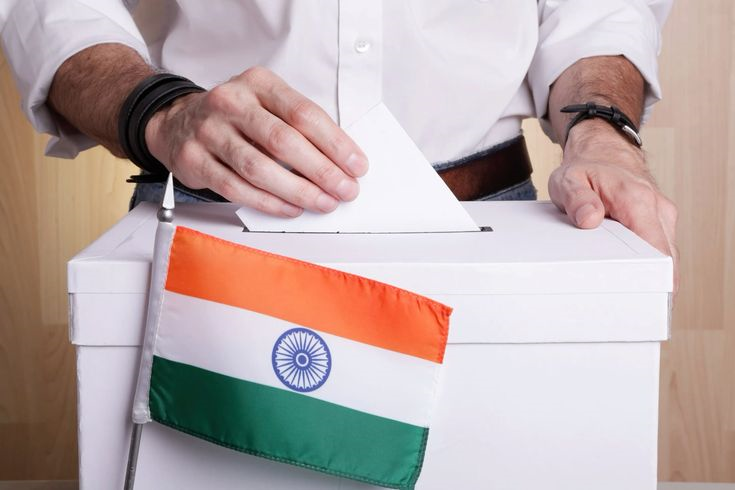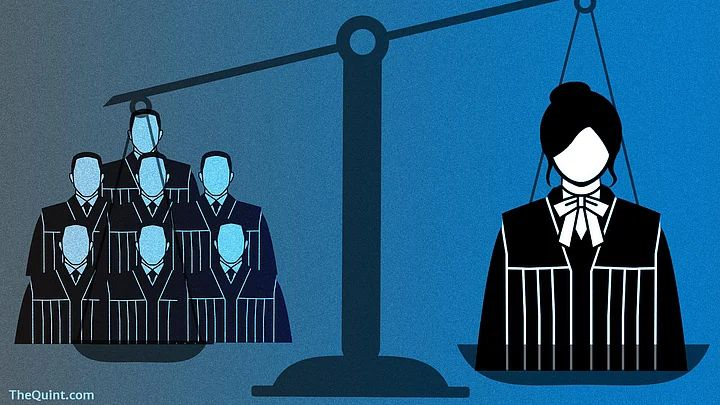Overview of the Constitutional Framework
In India’s federal structure, the Governor serves as the constitutional head of the state, while the State Council of Ministers, headed by the Chief Minister, exercises executive powers. This dual arrangement reflects a balance between ceremonial authority and political governance. Articles 153 to 167 of the Constitution of India define the powers, duties, and functions of the Governor, as well as the relationship with the Council of Ministers.
The Governor is appointed by the President of India (Article 155) and serves a term of five years, although the tenure is subject to the pleasure of the President. The Governor acts as a link between the Union and the State, ensuring that state governance aligns with the Constitution, federal principles, and national policies. On the other hand, the Council of Ministers, led by the Chief Minister, is collectively responsible to the Legislative Assembly (Article 164(2)), ensuring that political accountability rests with the elected representatives rather than the ceremonial head.
This dual structure ensures the maintenance of constitutional authority while allowing for democratic governance. The Governor’s role is largely formal, whereas the Council of Ministers exercises real executive power.
Powers and Functions of the Governor
The Governor’s powers are classified into several categories:
- Executive Powers: As the constitutional head, the Governor appoints the Chief Minister (Article 164(1)), other ministers, and key state officials such as the Advocate General (Article 165) and members of the State Public Service Commission (Article 316). The Governor also summons and prorogues the state legislature (Article 174) and addresses the legislative assembly at the commencement of each session.
- Legislative Powers: The Governor has the right to reserve certain bills for the President’s consideration (Article 200), give assent to bills, and promulgate ordinances under Article 213 when the state legislature is not in session. This ensures that urgent matters can be addressed while maintaining constitutional oversight.
- Discretionary Powers: Although the Governor generally acts on the advice of the Council of Ministers (Article 163(1)), certain discretionary powers exist, such as appointing a Chief Minister when no party has a clear majority, recommending President’s Rule under Article 356, and deciding on the dissolution of the legislative assembly in exceptional situations.
By exercising these powers, the Governor plays a crucial role in upholding constitutional governance, maintaining the balance between the Union and State, and safeguarding democratic processes.
Council of Ministers: Role and Responsibility
The State Council of Ministers, headed by the Chief Minister, is the real executive authority in a state. Article 163(1) establishes that ministers shall aid and advise the Governor in exercising his functions, except in cases where the Constitution confers discretion on the Governor.
The Council of Ministers is collectively responsible to the Legislative Assembly (Article 164(2)), meaning that if the assembly expresses no-confidence, the entire council must resign. This ensures democratic accountability. The Chief Minister and ministers are primarily responsible for framing and executing policies, managing administrative functions, and implementing legislation passed by the state legislature.
Ministers are also assigned specific portfolios such as finance, education, health, and law. While the Governor formally appoints them, the choice is based on the Chief Minister’s advice, emphasizing the principle of responsible government. Additionally, the Council ensures coordination with the Union government on matters of concurrent jurisdiction, financial allocations, and inter-state matters, reinforcing cooperative federalism.
Interrelationship Between Governor and Council of Ministers
The relationship between the Governor and the Council of Ministers is guided by constitutional conventions and judicial interpretations. While the Governor has formal powers, the real executive authority lies with the Chief Minister and the Council of Ministers. Article 163(1) emphasizes that the Governor shall act on ministerial advice except in cases requiring discretion.
Discretionary powers are significant in politically unstable situations, such as hung assemblies, constitutional crises, or emergencies. For example, the Governor may invite the largest party to form the government or recommend President’s Rule under Article 356. However, these powers are limited by judicial review, as seen in landmark cases like S.R. Bommai v. Union of India (1994), which reinforced that the Governor’s discretion must follow constitutional principles and cannot be used for political manipulation.
The synergy between the Governor and the Council ensures both ceremonial leadership and political accountability, maintaining the democratic ethos while protecting constitutional integrity.
Federalism and Safeguards
The Governor also acts as a bridge between the Union and the State, ensuring that the state functions within constitutional boundaries. Articles 355 and 356 empower the President to direct the Governor to ensure governance according to the Constitution. These provisions safeguard against state-level failures while respecting the autonomy of elected governments.
Financial, administrative, and legislative coordination between the Union and State governments often involves the Governor, ensuring that central directives align with state policies. The Sarkaria Commission and subsequent reforms emphasized the need for Governors to act as impartial constitutional heads rather than political agents, strengthening cooperative federalism in India.
Challenges and Judicial Oversight
The Governor’s office has sometimes been criticized for political misuse, particularly in recommending President’s Rule or influencing government formation. Judicial scrutiny under Article 32 and Article 226 has been crucial in curbing arbitrary actions. For instance, the S.R. Bommai case reinforced that the dissolution of a state assembly must be based on objective criteria and that discretionary powers cannot be exercised arbitrarily.
The Council of Ministers, while politically accountable, must navigate the balance between policy implementation and constitutional compliance. Judicial review, legislative oversight, and public accountability mechanisms act as checks to ensure that both the Governor and the Council function in accordance with the Constitution.
Contemporary Relevance
In modern India, the Governor-Council relationship continues to be vital in maintaining political stability, democratic governance, and federal balance. Instances of hung assemblies, coalition governments, and politically sensitive situations highlight the importance of constitutional conventions, discretionary powers, and judicial oversight.
The Governor’s role in approving ordinances, summoning the legislature, and coordinating with the Union government complements the policy-making and administrative authority of the Council of Ministers. Together, they ensure that states function effectively while respecting national interests and constitutional mandates.
Mnemonic to Remember Governor and State Council of Ministers
Use the mnemonic “GOVERN MINISTERS” to recall key aspects:
G – Governor as constitutional head
O – Officer appointed by the President (Article 155)
V – Vigilance to uphold Constitution
E – Executive powers (appointment, ordinance, summoning legislature)
R – Reserve powers and discretion
N – Neutrality and impartiality
M – Ministers aid and advise Governor (Article 163(1))
I – Implementation of laws by Council
N – Nomination of officials on Chief Minister’s advice
I – Individual portfolios assigned to Ministers
S – State legislature accountability (Article 164(2))
T – Term of Governor (5 years, subject to pleasure of President)
E – Emergency powers and role in Centre-State coordination
R – Review by Judiciary
S – Stability of state governance
About lawgnan
To understand the constitutional role of the Governor and State Council of Ministers, visit Lawgana.in for detailed insights into their powers, responsibilities, and relationship under Articles 153–167. Explore how the Governor acts as the constitutional head while the Council of Ministers, led by the Chief Minister, ensures democratic governance and accountability. Learn about their legislative, executive, and discretionary functions, federal coordination, and judicial oversight through landmark cases like S.R. Bommai v. Union of India. Enhance your knowledge of Indian polity and governance with Lawgana.in — your trusted legal learning platform.




